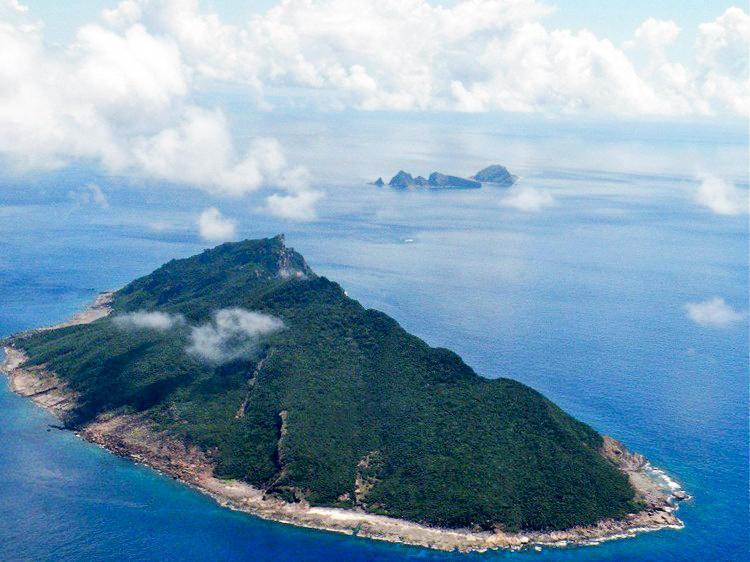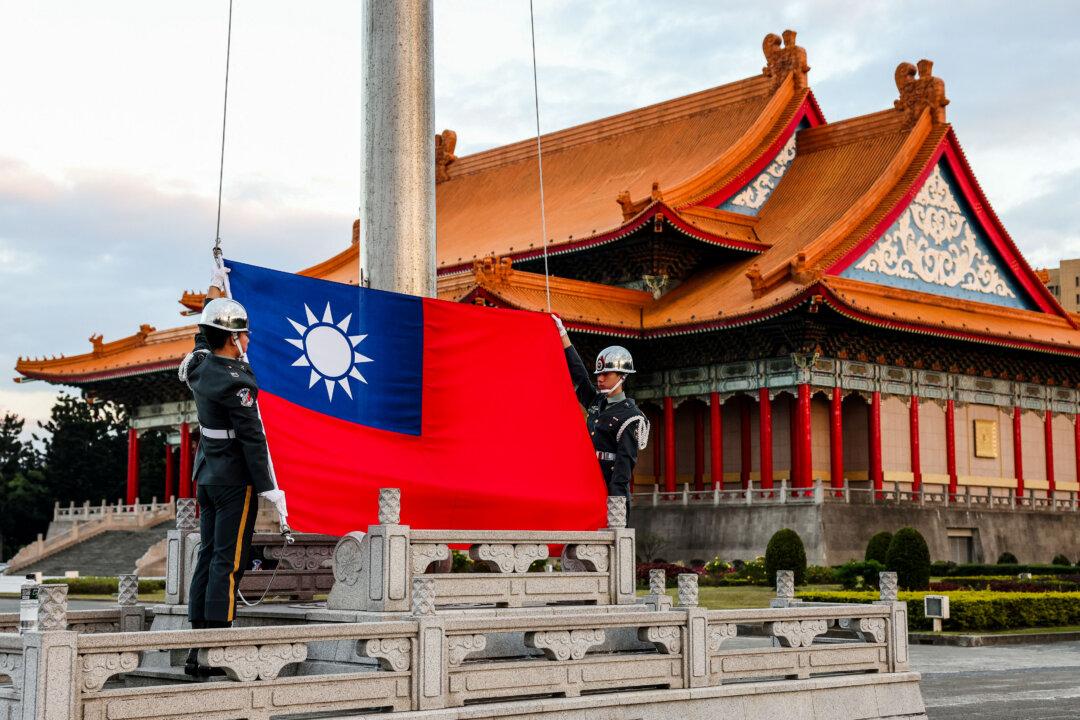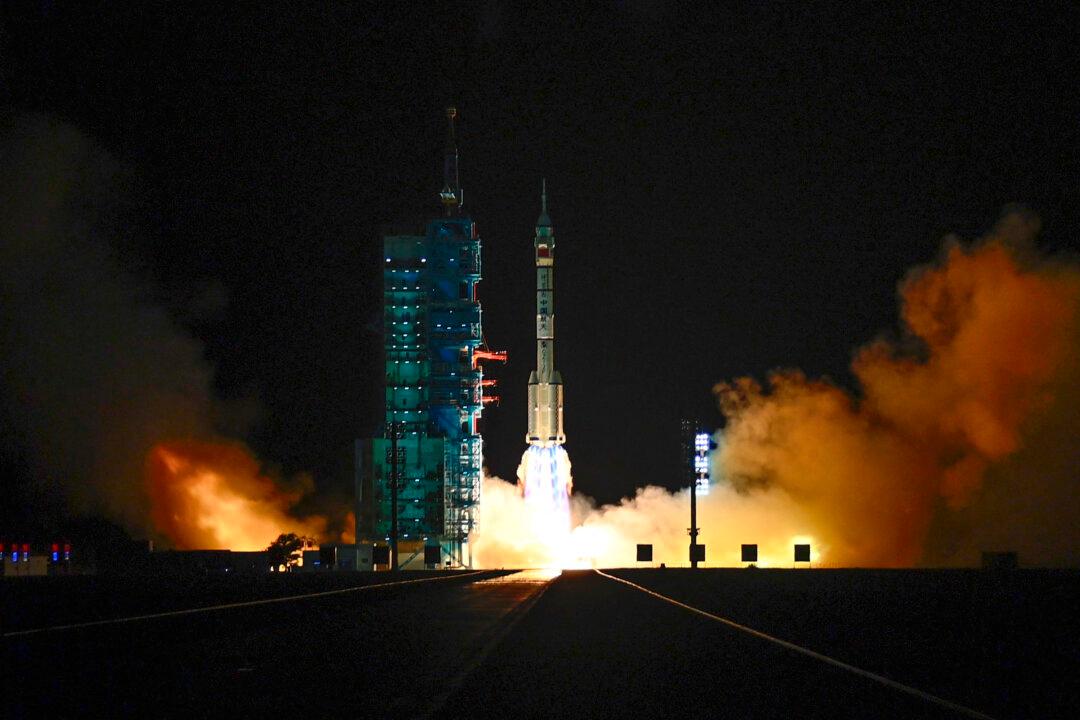The Japanese government has announced that it will remove the buoys set up by China in Japan’s Exclusive Economic Zone (EEZ) around the Senkaku Islands, and for the first time, China has been made a hypothetical enemy in a U.S.-Japan military exercise. Analysts believe that China’s growing incursions in the region serve as a way to test Japan, should China contemplate invading Taiwan.
On Feb. 2, Japan’s Minister for Foreign Affairs Yoko Kamikawa said that Japan would consider removing or dismantling the large buoys placed by the Chinese regime in Japan’s Exclusive Economic Zone (EEZ) in the East China Sea.




